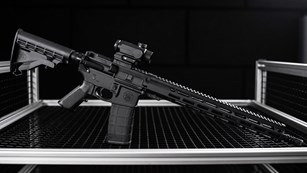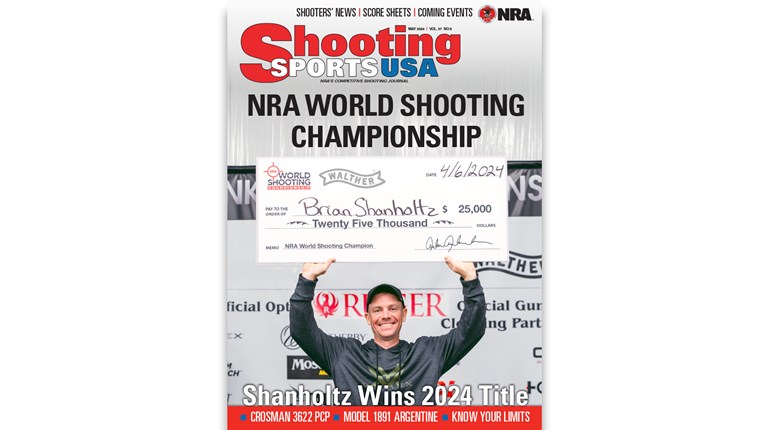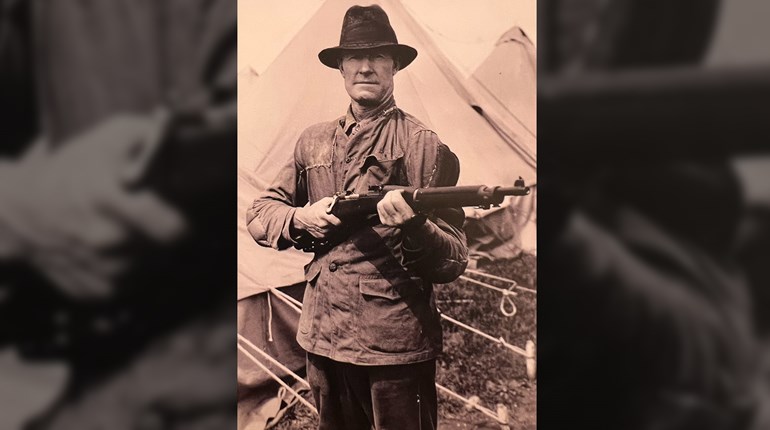
“… the National Rifle and Pistol Matches, symbolized in the minds of American sportsmen by the single word ‘Perry,’ prove such an irresistible magnet, drawing each year an increasing number of America’s most sturdy and most desirable citizens to the tented city on Lake Erie.”
—The American Rifleman, July 1931
The overwhelming popularity of the National Matches continued in 1931 as record attendance and subsequent staff shortages would attest. In addition to the actual contests, police and junior school entries surpassed previous counts and outside recognition of the entire National Match program was bolstered by an influx of publicity from various forms of media across the country. Not only were press bureaus and movie cameras (NRA cameras, plus newsreels from Paramount, Fox Movietone and Kinograms) on hand to document the three weeks of action, but for the first time the Signal Corps installed a radio station specifically for the matches. Contact was maintained with the radio network at Fort Hays in Columbus, Ohio, and after the matches the wires at Camp Perry were dug up and the station dismantled.
As Executive Officer, Col. Osmun Latrobe was faced with numerous logistical challenges to accommodate the 2,000-plus competitors on hand. The growing attendance was not fostered by the federal appropriation alone, as travel to Camp Perry for NRA members and their families continued to be aided by special railroad fares and the match program had for several years now stated that “the roads radiating from Camp Perry … are excellent.”
“Every autumn a certain six-square mile area of reclaimed marshland on the Ohio shore of Lake Erie blossoms forth into a tan bloom of pyramidal tents.”
—The American Rifleman, October 1931
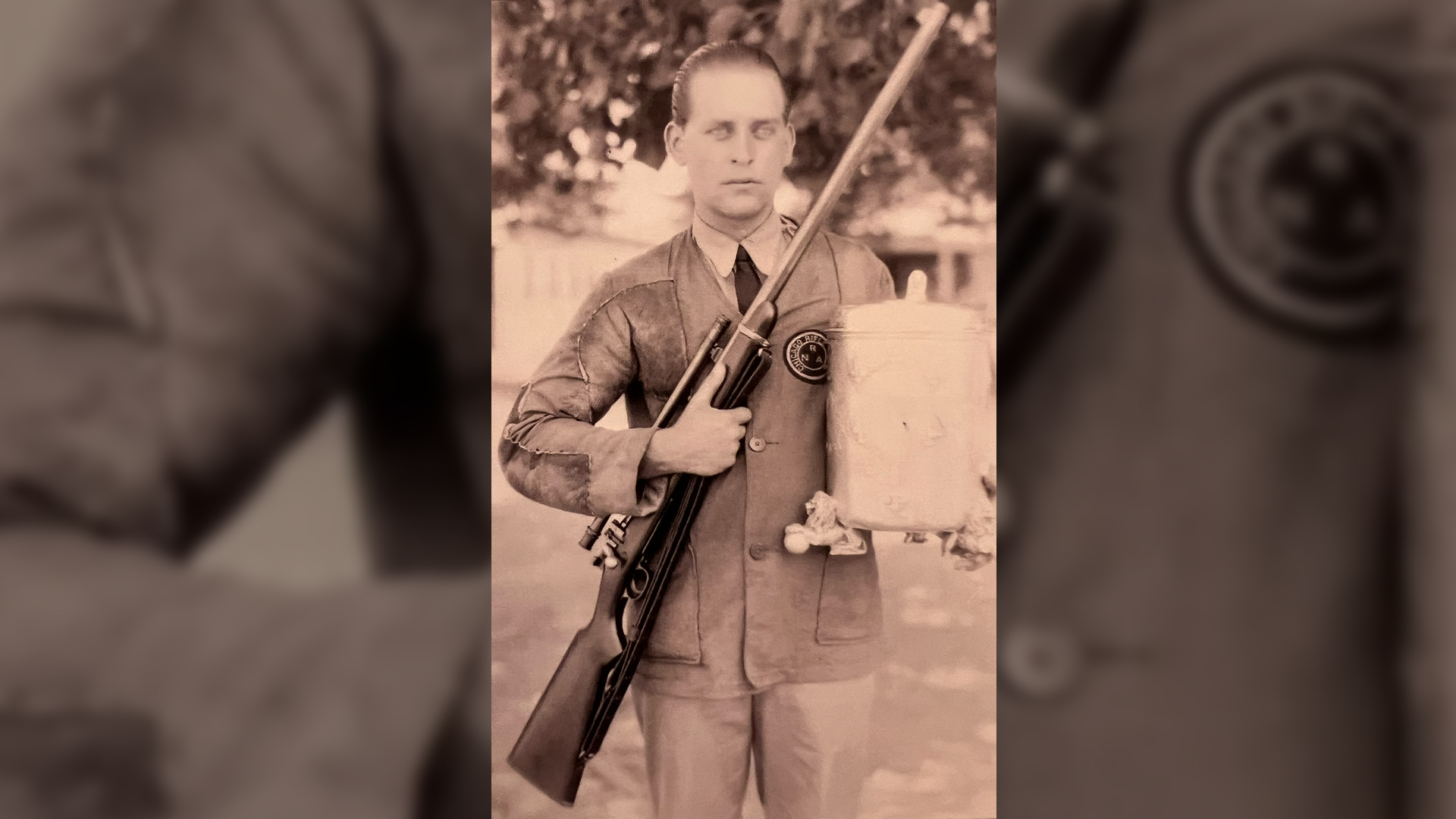
When Latrobe was faced with staff shortages, the NRA changed the firing conditions of two long-range matches and eliminated two others altogether. Not only was the Varmint Match scratched from the program, but the Wright Memorial Match was changed from an individual contest that constituted one third of the Palma Individual Aggregate to its own grand aggregate comprising scores fired in the Navy, Leech, Coast Guard, Marine Corps, Wimbledon and President’s Matches. In addition, time and personnel concerns were the reasons why the Scott and Crowell Matches were changed from their courses of 15 shots each at 900 and 1,000 yards, respectively. This year the Scott Match featured 10 shots rapid fire at 300 yards while the Crowell Match was a 10-shot contest at 600 yards. Both matches represented the remaining two-thirds of the six-year-old Palma Individual Aggregate, an event that would not return to the National Match schedule for another 27 years.
As was the case more often than not in nearly three decades of National Match competition, rain played its part in testing the abilities of those in charge of scheduling. But significant weather-related changes this year were limited to the elimination of the Marine Corps Match from the grand aggregate, since only the top 500 shooters from the 600-yard stage were permitted to advance to the 1,000-yard stage to make up for the delay.
Of the more than 70 NRA contests on the schedule, the President’s Match, won by Sgt. Reginald Herin of the Mississippi National Guard, drew the most individual entries at 1,738. Marine Cpl. William Easterling won the Leech Cup and civilian Ralph Izard won the Wimbledon, which featured 1,617 entries with not one possible score among them. The Marines won the Herrick Trophy and the Washington National Guard won the Infantry Match, a contest that still featured a skirmish, but in 1931 did not factor the elimination of opponents for score. The best regular service finish in the event was posted by the Cavalry, which took fifth place.
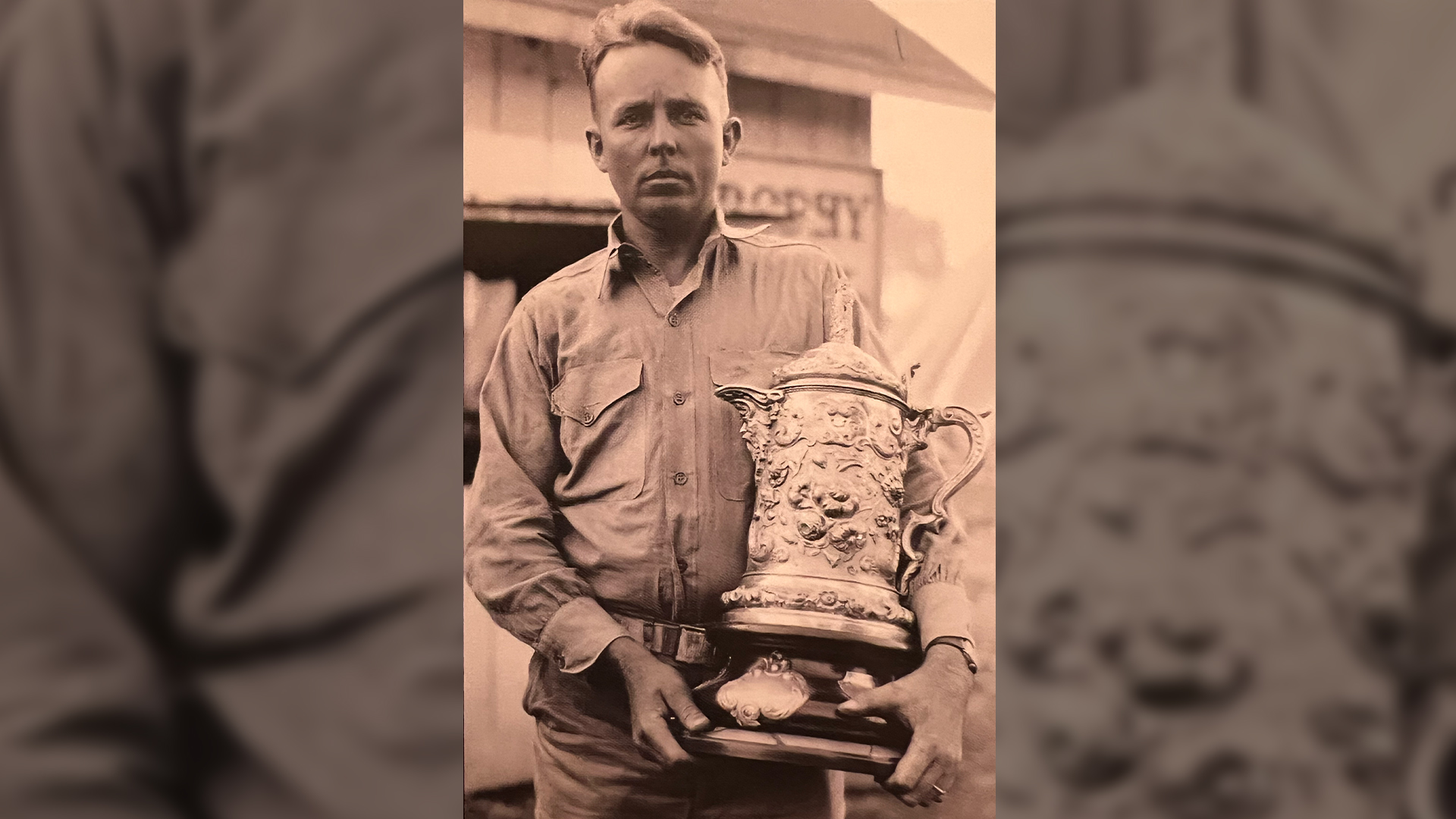
In the Board events, the Marine Corps used the momentum created by its Herrick victory to retain its title in the National Team Rifle Match, while the Coast Guard posted an impressive second-place finish. And in a National Match first, the Cavalry won the National Team Pistol Match over the Marines and Infantry. In the individual Board matches, Infantrymen claimed victory in both, as Lt. E.F. “Tod” Sloan topped the record field of 1,744 entries in the rifle contest and Sgt. John Carlson won the pistol event.
The focus of the smallbore shooting was, as usual, the Dewar Match. The race for spots on the team began with the Preliminary Dewar Match and continued over the course of a week. When the select squad took to the line, they fired in two relays and tallied a score of 7,878 for a convincing margin of victory over the British total of 7,722. Upon completing the match, it is interesting to note that six members of the Dewar team managed to make it to the high power range in time to shoot and place in the President’s Hundred. Before the Dewar was fired, however, Fred Kuhn of Connecticut held center stage as the national smallbore champion by virtue of a one-point advantage over Harold Allyn of Massachusetts.
“The presence of many women on the firing line at Camp Perry indicates that Miss and Mrs. America are capable of defending themselves if given the opportunity and the sanction of state governments.”
—Popular Science Monthly, December 1931
On a somber note, two San Antonio police team members died when they were involved in a car accident on their way home from the matches, less than 50 miles from Camp Perry. The incident sent a jolt through everyone associated with a police program that had just concluded its most successful campaign at the National Matches. In the coming months, a jolt of a far different sort would resonate to the core of the National Matches, just as it appeared to be on a course of overwhelming participation and prominence throughout the entire shooting community.
National Matches Fact
After a limited press bureau debuted in 1927, the NRA established a year-round bureau in 1929 that not only covered the National Matches in depth, but helped clubs set up their own publicity policies and procedures.







